Read William Kelley's first take on the Burgundy 2016 vintage after spending several weeks harvesting grapes in the region...

Burgundy 2016 harvest
Burgundy’s 2016 vintage will be remembered as complicated—in every sense.
Hail and then rampant mildew, nourished by a moist Spring, followed on hard the heels of the most severe frost in a generation, devastating much of the region and leaving many growers with few grapes to harvest. In the space of two months, what had promised to be a generous vintage was decimated or worse. When asked how the harvest had gone, Jean-Marc Roulot of Meursault found it easy to summarise: ‘quickly!’
Arriving at Dijon in glorious early-September sunshine, nature’s cruelty was not immediately apparent: only vines devoid of fruit indicated the destruction that had taken place earlier in the season. Like September, July and August were warm, dry and sunny too, and this spell of consistently good weather managed to salvage the vintage. All things considered, spirits were surprisingly buoyant along the Côte d’Or as harvest began, starting with Chardonnay in Meursault around 20 September.

Light rain showers in late September gave the vines water they needed, but the good weather held until the beginning of October, when more sustained rainfall created challenging conditions in which to harvest. By then, of course, many growers had finished picking. By mid-October, only a few late-harvesters in the Maçonnais still had fruit on the vine: when I met with the Gauthier Thévenet, irenic amidst the pouring rain, on 13 October, he announced his intention to begin harvesting another parcel two days later.
2016 is such a complicated vintage because the different scourges that beset the vineyards did so remarkably unevenly. Only Chablis—almost entirely denuded of grapes by the worst frost since 1981—can be described, unhappily, as consistent.

Frost damage in the Côte d’Or was severe too, striking on 26/7 April, the worst there since 1985; but unlike the frost of 1985, which damaged almost exclusively the lower-lying vines, the frost of 2016 also struck higher-elevation sites—all the while in some cases, unaccountably, leaving lower-lying vineyards untouched. Old vignerons along the Côte can remember nothing like it.
The outbreak of mildew that followed also struck vineyards erratically, and much depended on the timing of treatments; in 2016, many growers were forced to leave biodynamic principles in abeyance. ‘Having lost half the harvest to frost’, Jean-Michel Chartron of Puligny-Montrachet told me, ‘I was in no mood to lose what remained to mildew’.
All that makes it hard to generalise broadly about the potential quality of the 2016 vintage. Beginning in the north, Marsannay was devastated, losing as much as 90% of the crop. In neighbouring Fixin, however, nature was more generous, Amélie Berthaut and Pierre-Emmanuel Gelin both reporting average yields at their respective domains.
The picture in Gevrey-Chambertin was more complicated: frost and hail struck along the Combe St. Jacques and damaged several of the grand crus too; by contrast, the vineyards abutting Brochon were largely spared. Pierre Durroché, for one, was ‘very happy with the quality of the grapes’, which came in between 12.5-13% potential alcohol, anticipating ‘a good vintage, but not as concentrated as 2015’. Bernard Dugat-Py was similarly jubilant about the year’s potential, despite the year’s challenges.
Like Fixin, Morey-Saint-Denis did well, with yields just a little below average. Chambolle-Musigny, by contrast, was hit hard: regrettably even the Drouhin’s gambit of lighting candles in their parcel of Les Amoureuses failed to ward of the cruel April frosts. Neighbouring Vougeot suffered too, as did Echezeaux and Grands Echezeaux. Vosne-Romanée and Nuits-Saint-Georges, however, like Morey, did comparatively well.

The hill of Corton was also heterogeneous: the Pernand side was devastated, whereas the vineyards of Aloxe-Corton and Ladoix fared well, with growers including Vincent Guillemot reporting fruit in excellent sanitary conditions and perfect ripeness. To the south, Savigny-les-Beaune and the vineyards of Beaune suffered especially badly.
The situation in Pommard and Volnay was more mixed, with the haphazard nature of the April frosts especially apparent: Fréderic Lafarge’s Volnay 1er crus were largely spared—a blessing after several consecutive years of hail—whereas Dominque Lafon’s Volnay Santenots, to the south of the commune, was badly frosted.
To the south, Meursault was hit hard, Chassagne-Montrachet still worse; Puligny-Montrachet escaped such severe damage, but its grand crus were devastated: the Domaines Comtes Lafon, Leflaive, de la Romanée-Conti, Lamy-Pillot, Guy Amiot and Fleurot Larose have agreed to combine their meagre yields of Montrachet to produce a scant two barrels. Further south, Santenay fared better, as Jean-Marc Vincent happily reported.

It seems certain that the quality of the wines produced in 2016 will be just as heterogeneous, with some producers harvesting ripe, clean fruit while others struggled with rot and were forced to supplement insufficient natural sugar by adding chapitalisation. Buying decisions will need to be made carefully. But one thing is nonetheless certain, even in this complicated vintage: the wines, we can be sure, will be scarce.
Translated by Sylvia Wu / 吴嘉溦
All rights reserved by Future plc. No part of this publication may be reproduced, distributed or transmitted in any form or by any means without the prior written permission of Decanter.
Only Official Media Partners (see About us) of DecanterChina.com may republish part of the content from the site without prior permission under strict Terms & Conditions. Contact china@decanter.com to learn about how to become an Official Media Partner of DecanterChina.com.


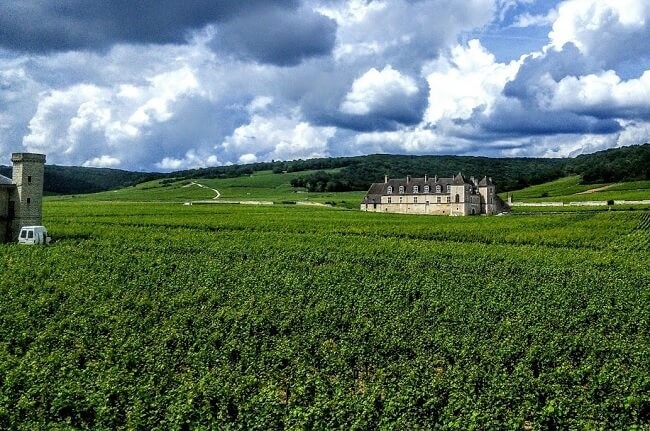
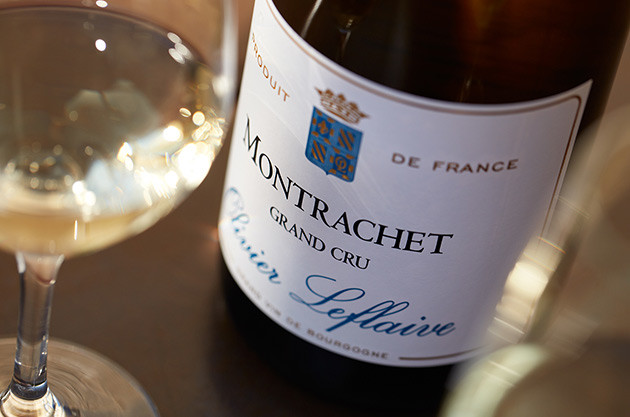
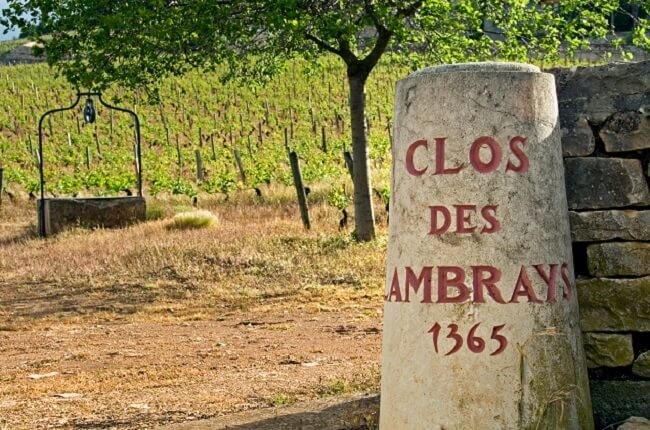
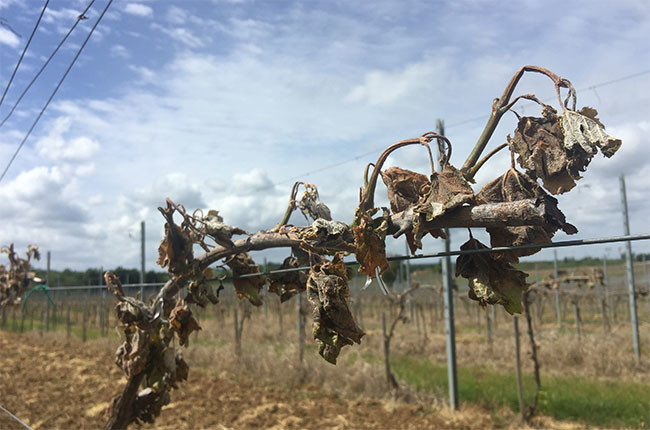
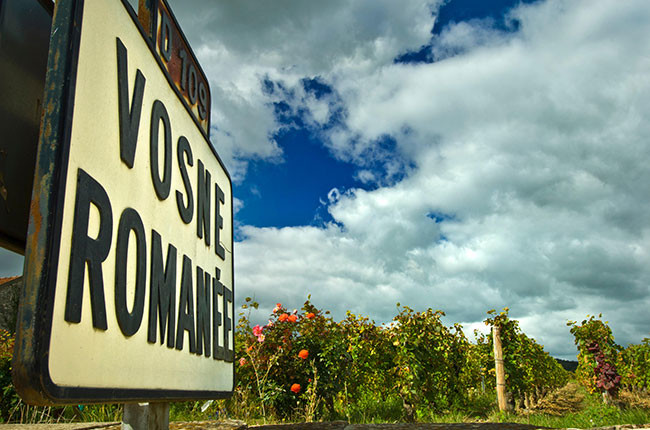



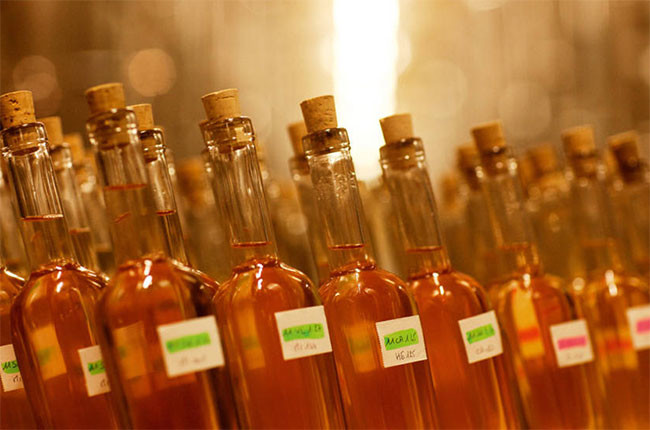
Comments
Submit